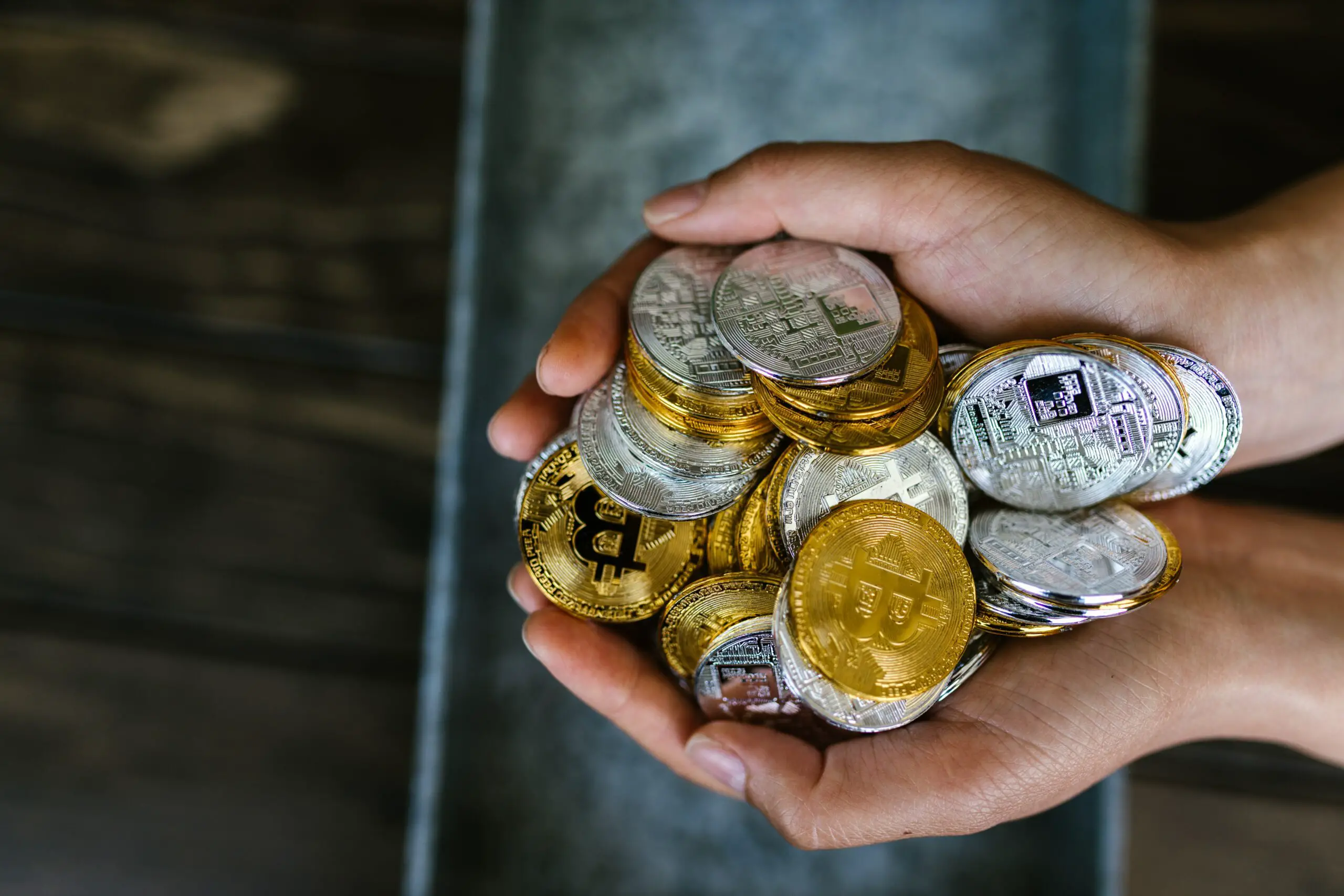Cryptocurrencies are purely digital. They exist only in the code of a blockchain and have no physical form. Due to this, some individuals believe they should not be valued. But pricing doesn't work that way.
Cryptocurrencies are tradable assets, much like stocks, commodities, securities, etc. Their price is influenced by two factors: supply and demand. Supply refers to the number of items available for purchase on the market. Demand refers to how much interest there is in purchasing them. The price depends on their relationship.
The price of a coin will increase if there is a high demand for it but a limited supply on the market. Occasionally, demand for coins increases despite the currency's actual worth; this is known as overbuying. Alternatively, a coin is said to be oversold if a sizable amount of it is sold without a good cause.
ESSENTIALS OF THE CRYPTO PRICE
· The relationship between supply and demand affects the price.
· Most cryptocurrencies have a cap on their entire supply known as the maximum supply.
· Overbought coins are highly sought-after and typically expensive.
· Coins that have been oversold are abundant and usually priced low.
Supply and demand of cryptocurrencies
An economic theory called the law of supply and demand examines the link between the supply and demand of a given commodity or service to see how it affects the price. The idea explains price changes for anything that may be traded on a market.
A coin's price will rise if there is a shortage of it or if there is a significant demand for it. Those who want to purchase it are prepared to compete by charging ever-increasing costs. As an alternative, when a cryptocurrency is plentiful and there is no demand for it, crypto values plummet.
Generally speaking, the law of supply and demand states that if a good or service is in more demand, providers will produce more of it. With the goal of making more money from more sales, manufacturers are eager to increase their output in order to sell more merchandise. However, it is impossible when it comes to the majority of cryptocurrencies for two straightforward reasons: they are distributed and have a maximum supply.
The maximum supply specifies the total number of certain cryptocurrencies that will ever exist. That quantity is 21 million in the case of Bitcoin. It has already mined over 18 million BTC, and the remaining ones are gradually being added to the pool of the entire quantity of bitcoin. However, why couldn't the protocol just be altered to release additional coins? The simple answer is no. On a distributed network, someone who wanted to take advantage of the system by double spending coins would simply be unable to do so without spending far more money than they would earn.
Can cryptocurrencies be overbought or oversold?
The demand for cryptocurrencies is impacted by a wide range of variables. Trends, media attention, and celebrity endorsements sometimes take precedence over the utility and purpose of what is in demand.
Even the fear of missing out on easy profit (FOMO) can have a significant impact on investing decisions. As a result, we can wonder if it is actually justifiable for a stock, investment, or cryptocurrency to undergo exponential growth regardless of what value it actually has.
Those who believe it to be unjustified would refer to such an asset as being overbought. Interest in a certain asset is sparked by a number of factors, including those mentioned above. When traders hurry to buy it, the price rises significantly since the supply can no longer keep up with the demand.
Those who think the asset is overvalued may view the hype as unjustified and the investment as being ill-advised.
The opposite is also possible. An asset is said to be oversold if there is a greater supply than there is a demand for it. More individuals want to sell it than are interested in purchasing it. The asset's price decreases when there is little to no interest in it.
A savvy trader will buy despite the asset's overall poor perception because they can see its hidden potential. If the item were truly oversold, its price would rise once again, giving the trader a profit.
Alternatively, a coin is said to be oversold if a sizable amount of it is sold without a good cause. Take a look at these statistics from Coincryption to gain a better understanding of how the current market can affect cryptocurrency pricing.
Versatility vs equilibrium in cryptocurrencies
When supply and demand are equal, the market is balanced. The quantity of products or services delivered equals the quantity requested. Stability in the market reduces volatility, which leads to equilibrium.
No market is ever perfectly balanced in reality. Cryptocurrency markets are still developing, therefore they may be even further from equilibrium than more established markets. Perhaps in the future, the price of cryptocurrencies will level off.
But for now, because it raises the stakes for traders, cryptocurrency's tremendous volatility is a big part of what makes it so interesting. Rapid price movement increases the risk for traders while also having the potential to increase returns.
Conclusion
As with any currency, the value of cryptocurrencies is determined by the extent of community engagement. A cryptocurrency's value increases if there is a greater demand than the supply of it. When a cryptocurrency is useful, demand increases because more people want to own it.
Individuals do not like to sell them since they want to use them. As a result, the price increases due to the imbalance between demand and supply.

